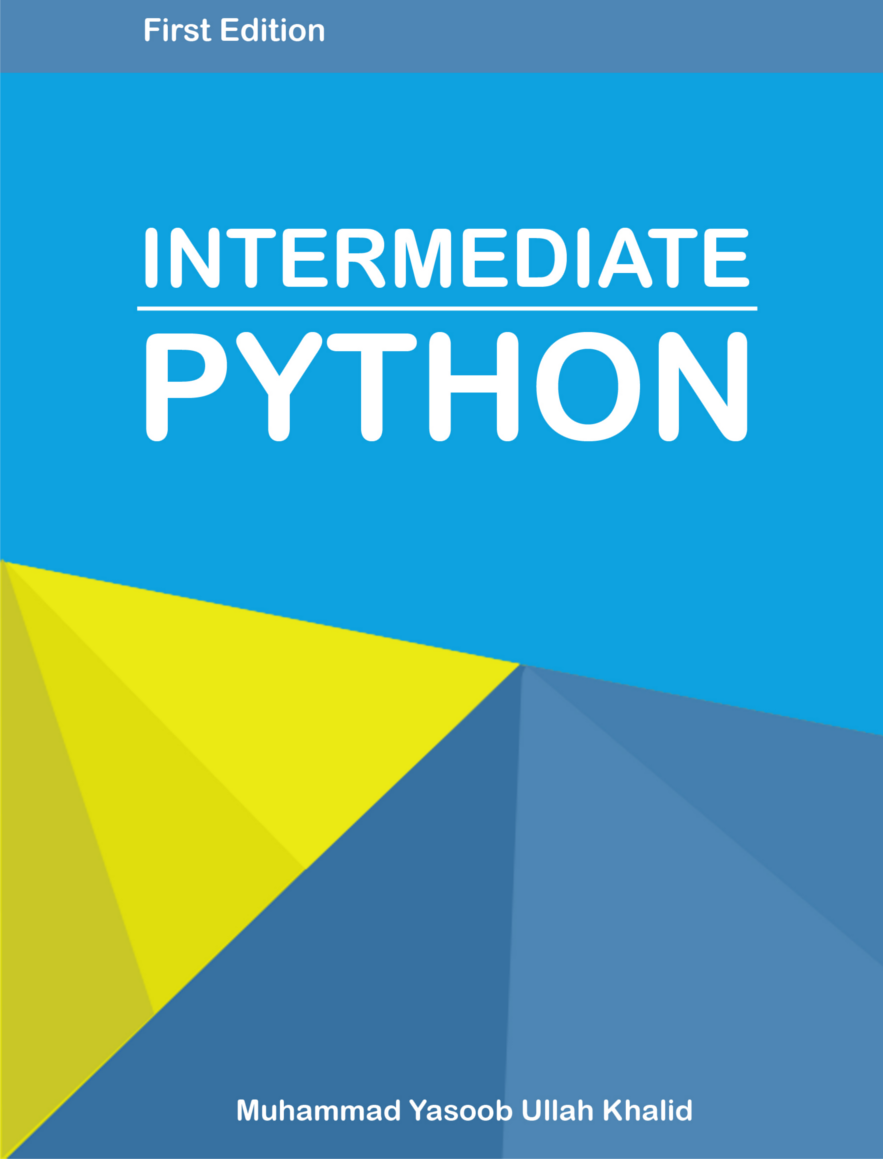The self variable in python explained
Hi everyone! In this post I am going to teach you about the self variable in python. I have seen many beginners struggling to grasp the concept of self variable. If you are one of them then this post is for you. So lets start by making a class involving the self variable.
A simple class
So here is our class:
class Restaurant(object):
bankrupt = False
def open_branch(self):
if not self.bankrupt:
print("branch opened")
First let me explain the above code without the technicalities. First of all we make a class Restaurant. Then we assign it a property ‘bankrupt’ which is currently false. After that we assign it a function open_branch which can only occur if ‘bankrupt’ is False which means that the Restaurant has some money.
Making a resturant
Now that we have made a class for a Restaurant, lets actually make a resturant:
x = Restaurant()
Now x is a Restaurant which has a property bankrupt and a function open_branch. Now we can access the property bankrupt by typing:
x.bankrupt
The above command is same as:
Restaurant().bankrupt
Now you can see that self refers to the bound variable or object. In the first case it was x because we had assigned the Restaurant class to x whereas in the second case it referred to Restaurant(). Now if we have another Restaurant y, self will know to access the bankrupt value of y and not x. For example check this example:
>>> x = Restaurant()
>>> x.bankrupt
False
>>> y = Restaurant()
>>> y.bankrupt = True
>>> y.bankrupt
True
>>> x.bankrupt
False
The first argument of every class method, including init, is always a reference to the current instance of the class. By convention, this argument is always named self. In the init method, self refers to the newly created object; in other class methods, it refers to the instance whose method was called. For example the below code is the same as the above code.
class Restaurant(object):
bankrupt = False
def open_branch(this):
if not this.bankrupt:
print("branch opened")
Free Tip
However self is not a reserved keyword in python it’s just a strong convention. Many people say that why do we have to write self? Why can’t we have it set automatically like in Java? Someone also filed a PEP (improvement suggestion) in which he suggested to remove the explicit assignment of self keyword. However Guido Van Rossum (the maker of python) wrote a blogpost in which he told why explicit self has to stay.
I hope you have understood to concept of self. If you have any other questions then feel free to comment. If you liked this post then make sure that you share it on facebook, tweet it on twitter and follow our blog.




nabil
Walt
cmholmes181
In reply to Walt
akanhastra gowda
dusadv
Bob Barker
Bob Barker
Bob Barker
bradozman
Yasoob
In reply to bradozman
bradozman
Diba
embition
Md. Abul Hossain Hashem
Yasoob
In reply to Md. Abul Hossain Hashem
Anna
Imran Mohamed
Eric
Poornima
Amar Shukla
In reply to Poornima
Victoria Rodriguez
Yasoob
In reply to Victoria Rodriguez
Molly
In reply to Victoria Rodriguez
John Smith
In reply to Victoria Rodriguez
Niels Weel
Richard Bao
D
Alopex
In reply to D
Ivanhercaz
Yasoob
In reply to Ivanhercaz
Nada b
Yasoob
In reply to Nada b
Jennifer Yeomans